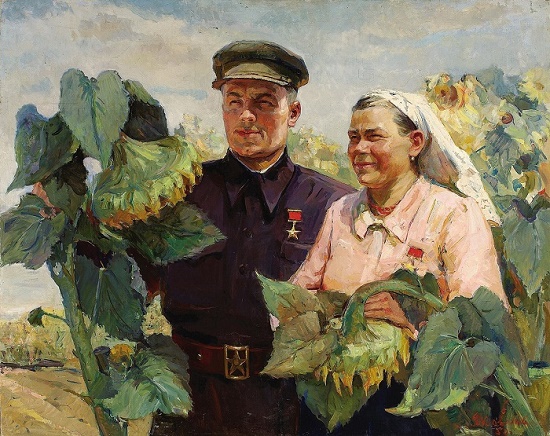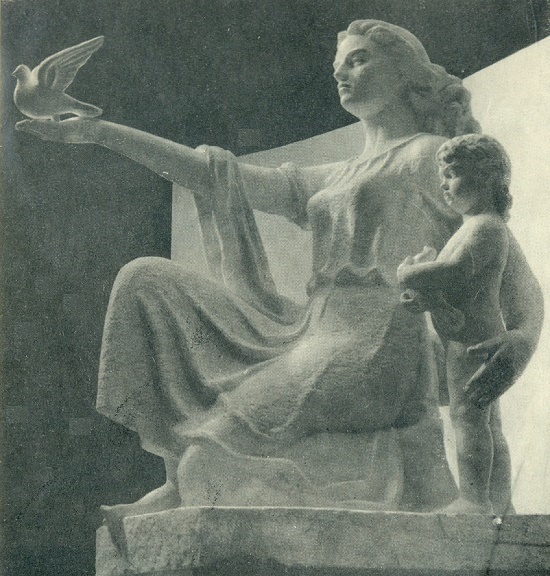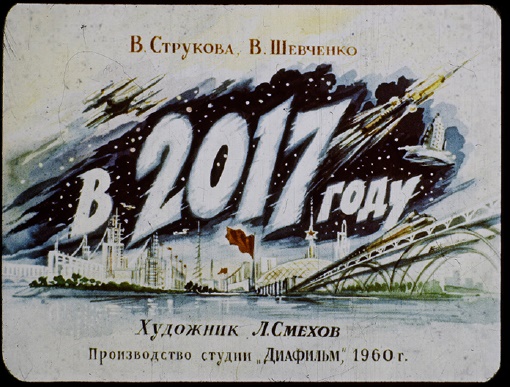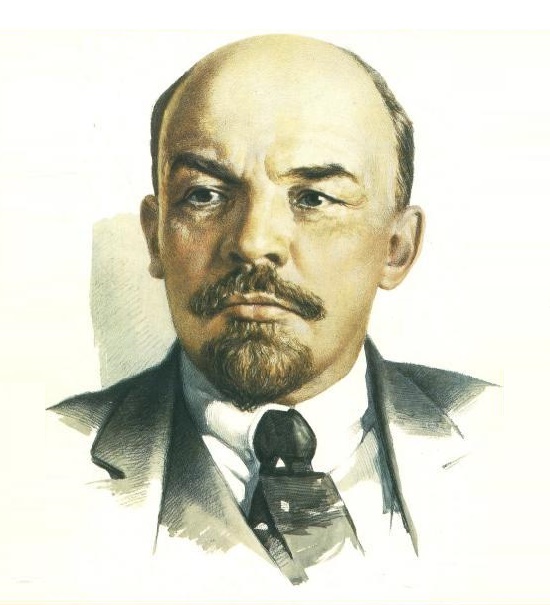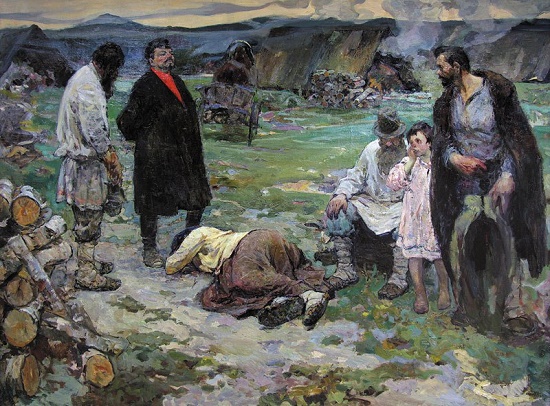Soviet artist Andrei Ivanovich Plotnov 1916-1997

Good-bye, earthlings. 1979 (triptych Yuri Alekseevich Gagarin). Painting by Soviet artist Andrei Ivanovich Plotnov (July 21, 1916 – May 13, 1997)
Soviet artist Andrei Ivanovich Plotnov
Born July 21, 1916 in the village of Verkhne-Pavlovka of Lipetsk region, Andrei Ivanovich Plotnov grew up in a peasant family. He studied at the Moscow Art College (1933-1936). In 1936, on the recommendation of the famous Soviet artist Igor Grabar, he entered the painting faculty of the Moscow Institute of Fine Arts. Plotnov – participant of art exhibitions since 1939.
Since the first days of the Great Patriotic War, he left the institute’s 5th year for the national militia. Evacuated to Samarkand in 1942, the same year he graduated from the institute, the workshop of Professor G.M. Shegal. His thesis work was “MV Frunze and Vasily Ivanovich Chapaev under Ufa”.
Member of the Moscow organization of the USSR Union of Artists from 1943, the same year he went to the front and entered the art studio of the NKVD of the USSR, under the leadership of P.P. Sokolov-Skalya. During the period of 1943-1944 he often goes to the front lines, draws portraits of soldiers and officers who have distinguished themselves in battles, as well as individual events of combat life. During the war, the artist created more than 20 political posters, demobilized from the army in 1947.
More »
